20 tips you can learn from Scandinavian parents
What would it feel like if your child listened? Like, actually did what you said the first time?
Great, right?
Honestly, parenting is hard work for ANY mom. But some of these Scandinavian parenting practices hold the key to a more connected and happy family life. At the heart of it are some simple routines and a return to nature.
Read next: Curious about Nordic parenting? Here’s what you need to know and discover the many benefits.
This post contains referral links for products I love. Danish Mom earns a small commission at no extra cost to you if you make a purchase through my links. Thank you for your support ♡
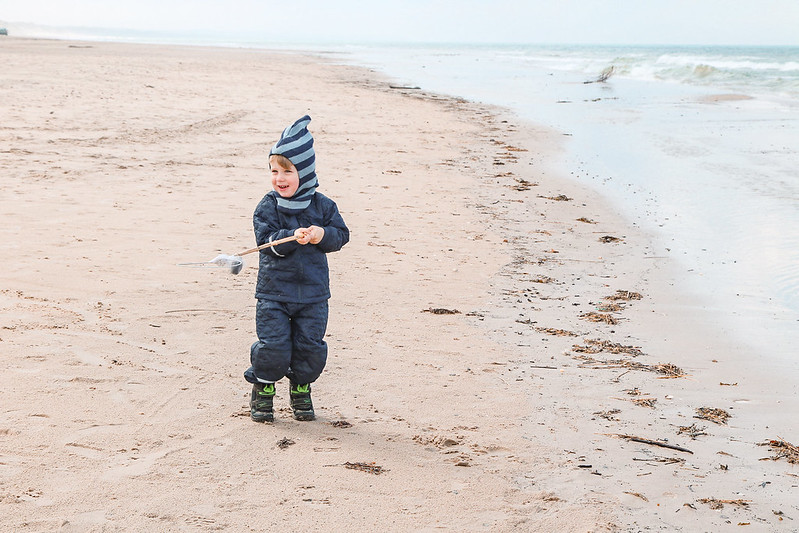
Table of Contents
1. Play outside every day
Fresh air is paramount to Scandinavians so our kids play outdoors almost every day, even if it’s cold or rainy.
We usually go to parks or forests, where the kids play with found objects rather than commercial toys.
Even short amounts of outdoor time can be precious. A few hours a week of regular outdoor time can be enough to benefit your child.
Related: How to encourage independent play
2. Model eco-consciousness
Sustainability is part of everyday life in Scandinavia; so much that we don’t even think about it. We believe it’s important to pass down skills on how to love and care for the environment to our children.
We spend more time in nature and teach our kids how to reduce, reuse, and recycle – the three Rs.
It’s about making it a habit and teaching your children how to do it.
3. Limit screen time
Scandi parents allow screen time but in moderation. According to the American Academy of Pediatrics, children’s screen use strengthens learning capability and children are exposed to new ideas and knowledge.
BUT too much time with the iPad or phone also increases the risk of affecting children’s sleep and concentration negatively.
So, we allow screen time and encourage the kids to spend the rest of the time playing.
4. Trust your children
Nordic parenting doesn’t give into fear and lets children play outside partially unsupervised.
You should obviously only do this if you live in a safe country or community. But I still encourage you to trust your children and gradually give them more unsupervised playtime, both inside and outside.
Pro tip: Try to keep phrases like: “be careful” to a limit.
5. Keep schedules simple
Nordic kids have simple schedules and more time to play outside. Try to avoid packed schedules with extracurricular activities.
6. Have fun and play with your kids
The other day, I saw a mom jumping in puddles with her toddler. They had so much fun, and Theo & I couldn’t help but smile.
Try to play and have fun with your kids – play hide and seek, have water fights in the backyard, and jump in the mud.
It’s quite fun.
7. Play first, school second
Nordic kids tend to spend their earliest years developing imagination and social skills and therefore they don’t start school until they’re six.
Enjoying childhood and playing are all kids (0-6 years old) have to do.
We believe that a long childhood is a happy childhood.
8. No to spanking
Physical punishment is banned as a form of punishment for kids in Scandinavia.
Research shows that this isn’t a good way for kids to learn and can hurt the child. We teach through positive reinforcement instead.
9. Embrace the wild in the child
Kids are naturally curious. And Nordic parents embrace this by giving them more freedom when they play.
Falling is not a bad thing, because it teaches the child about limits – not to run so fast or look where they’re going.
10. No such thing as bad weather
In Scandinavia, we have a saying: “There’s no such thing as bad weather, only bad clothing.”
While we don’t send kids outside every day in any kind of weather, we just don’t see the weather as an obstacle for outdoor play. Today, we went to the park, it was 2 degrees C and raining, but Theo had so much fun.
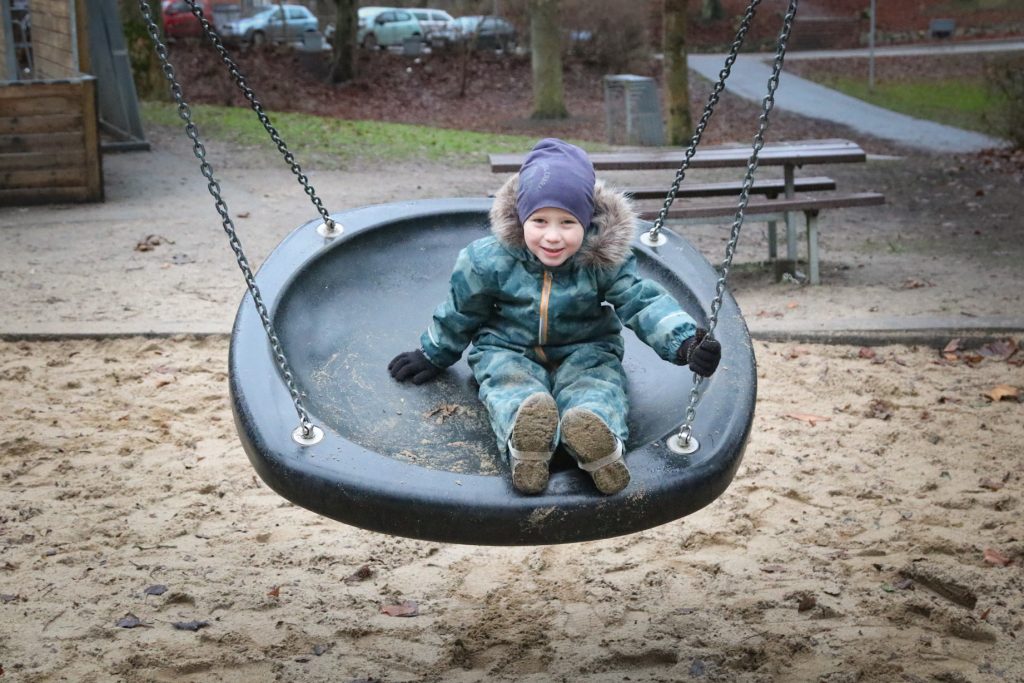
11. Focus on the positive
Scandinavian parenting has a focus on positive elements of a negative situation.
For instance, if a child isn’t picked for soccer at school, we would first acknowledge his feelings and then say: “It’ll be better next time” or “Let’s make a plan for how to get picked next time”.
We do this to make it a learning opportunity for the kids instead of something shameful.
12. Freedom fosters responsibility
Freedom is paramount in Nordic life. We encourage our kids to play independently, climb trees, and help in the kitchen because it helps them learn how to feel their own limits and learn how to judge risks.
Research shows that it makes children learn to take care of themselves.
13. Get plenty of fresh air
Scandi kids are outside playing every day in daycare and Kindergarten, all year. Aside from exercise and better health, research shows that there are SO many benefits of fresh air.
14. Daycare
Most kids in Denmark, Sweden, Norway, and Finland start daycare at 1 year old.
15. Respect goes both ways
Nordic parents are firm, but also responsive, expecting appropriate behavior from the children according to their age.
When their children go through difficult and stubborn stages, the parents support them by being patient and guiding them. They believe that respect goes both ways.
16. Clean is good, but don’t go overboard
Scandinavians have clean, but not over-sanitized homes (and kids). This, as a result, means that our kids have fewer allergies.
17. Get into hygge
Family hygge is a BIG deal in Scandinavia.
If you’re not already making time for it, you should start now! Hygge is a cornerstone in Scandinavian parenting and it strengthens the family ties and makes your home calm and happier.
Read next: 10 great ways to hygge as a family and discover ways to bond and connect with your children.
18. Messy play is good
Scandinavian parenting embraces muddy playtime. In fact, it’s considered an essential part of a good childhood to get dirty, dig for earthworms in the dirt, and jump in puddles.
Why?
Because it’s fun. And when kids have fun, they’re happy.
19. Avoid labeling kids
Generally, Scandinavian parents don’t label their kids. By labeling, I mean boxing a child into a set of personality traits such as “He’s wild” or “She’s a bad eater”.
When we experience negative behavior, we separate the child from the action. There’s a big difference between saying: “You can’t hit. Hitting hurts your little sister” and “You’re a BAD child. Shame on you.”
20. Encourage independent play
The benefits of independent play are many and plentiful! We all know that play is important, but letting your child play on its own (without you interfering) is even better, and that’s what Scandi parents do.
Independent play not only fosters creativity and gives parents a break, it can also help develop problem-solving skills.
More stuff you’ll love:
Curious about Nordic parenting? Here’s what you need to know: If you’re serious about Nordic parenting, you’ll need tools to help you do the job. Here’s a list of the best of the bunch.
Danish parenting: 6 easy steps to happier kids (and parents): A guide that shows you the 6 pillars of Danish parenting, including everyday examples.
My best parenting tips: This is an updated list of parenting strategies that focus on respect, health, and emotion.
How to handle a toddler who isn’t cooperating: Learn how to avoid ultimatums and power struggles.
FAQ – Scandinavian parenting style
What is the Scandinavian way of parenting?
Scandinavian parenting focuses on outdoor play, independence, empathy, and a strong family bond. It also emphasizes emotional well-being and a balanced lifestyle.
What is the Norwegian way of parenting?
Swedish parenting emphasizes independence, outdoor play, and emotional well-being. It values equality, with a strong focus on gender-neutral upbringing and shared parental responsibilities.
What is the hardest age to parent?
The hardest age to parent can vary depending on both the child and the parents.
Commonly, parents find the toddler years (ages 1-3) and teenage years challenging. Toddlers are learning independence and often struggle with emotional regulation, leading to the “terrible twos.”
Teenagers are navigating identity, independence, and peer pressure, which can strain parent-child relationships.
Each stage has unique challenges, and what’s toughest can depend on individual family dynamics and circumstances.
What are the 5 positive parenting skills?
The five positive parenting skills are empathy, respect, understanding, consistency, and effective communication with your child.
Save it!
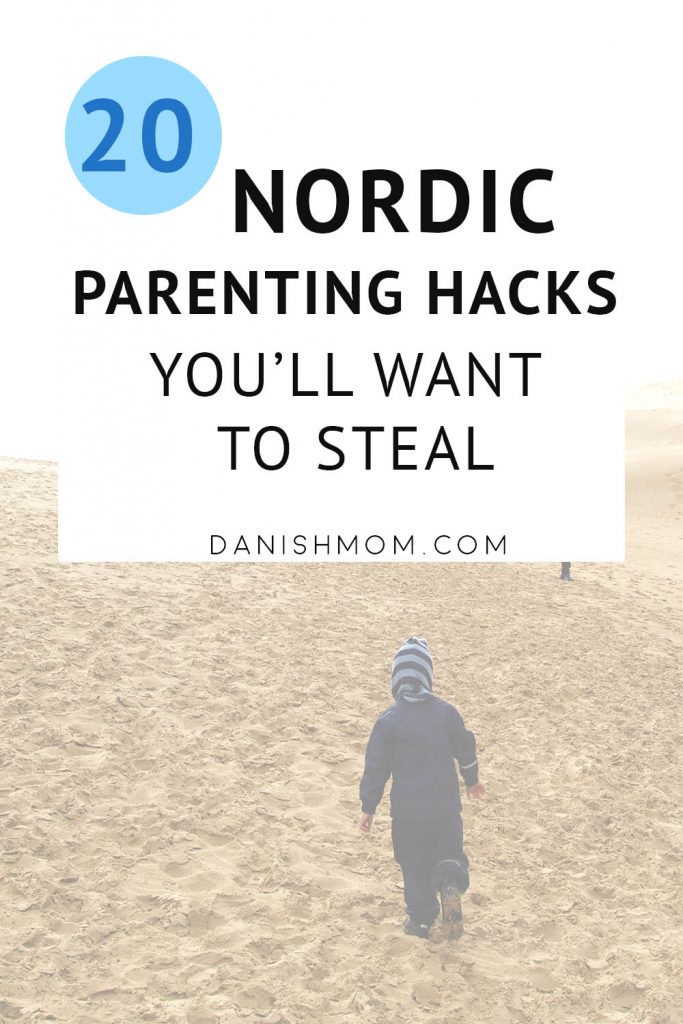


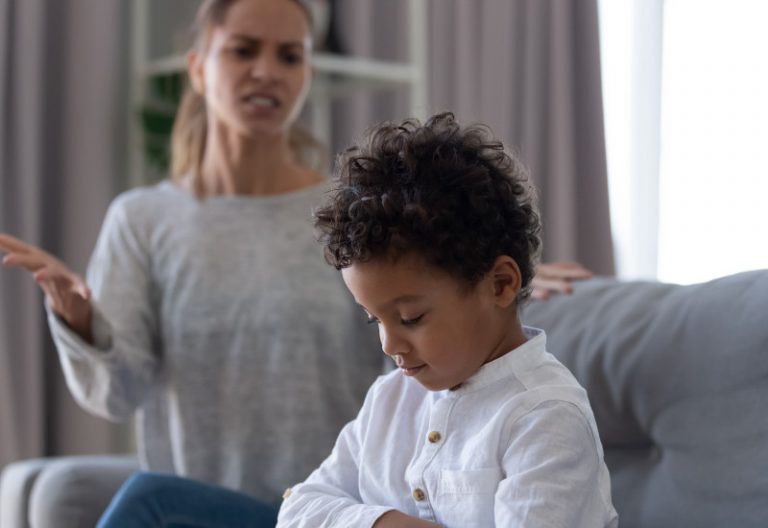
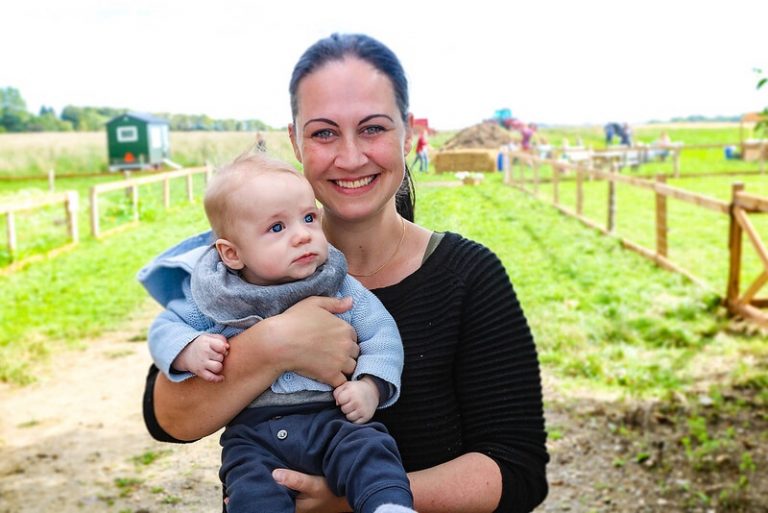

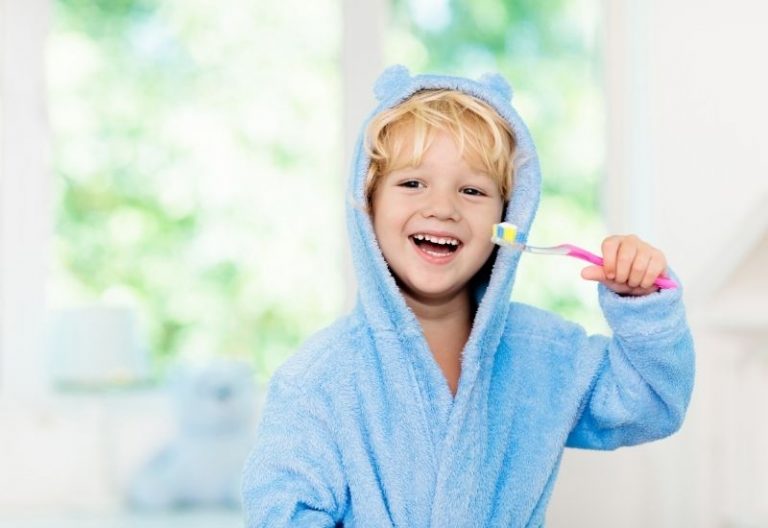
I’m using this blog for school work. this is very helpful, thankyou!
So glad to hear that, Miep!
I stumbled across your blog recently in an effort to sharpen my parenting skills. I’m an American mom who studied in Norway as a teen. I have teenagers of my own now (we are all living in the US) and I’ve really been thinking about how to raise boys who will grow up to be respectful, conscientious, and kind men.
We have conversations on all sorts of topics, but I feel like I’m kind of floundering trying to figure out if there are messages they might be getting from friends or the media that could encourage toxic behavior.
I’m wondering if there any big topics of conversation I may have neglected (though all these conversations should be ongoing and not a one-time-thing), or if there are books, movies, articles, or documentaries out there that would help me do a more thorough job in raising enlightened humans, or if any resource would be useful for us to read or watch together as a family. You might want to write a blog article about this! 🙂
Thoughts?